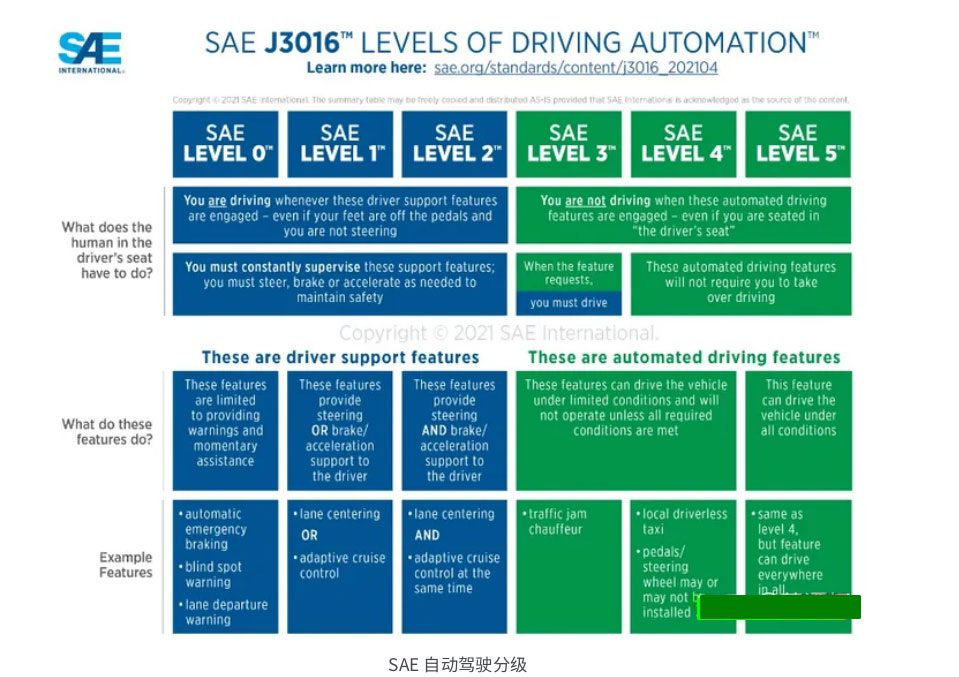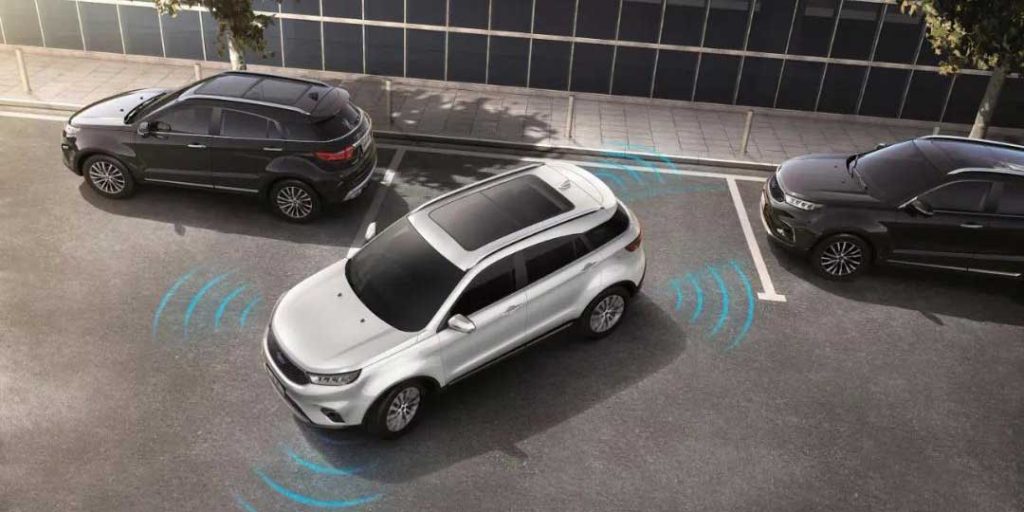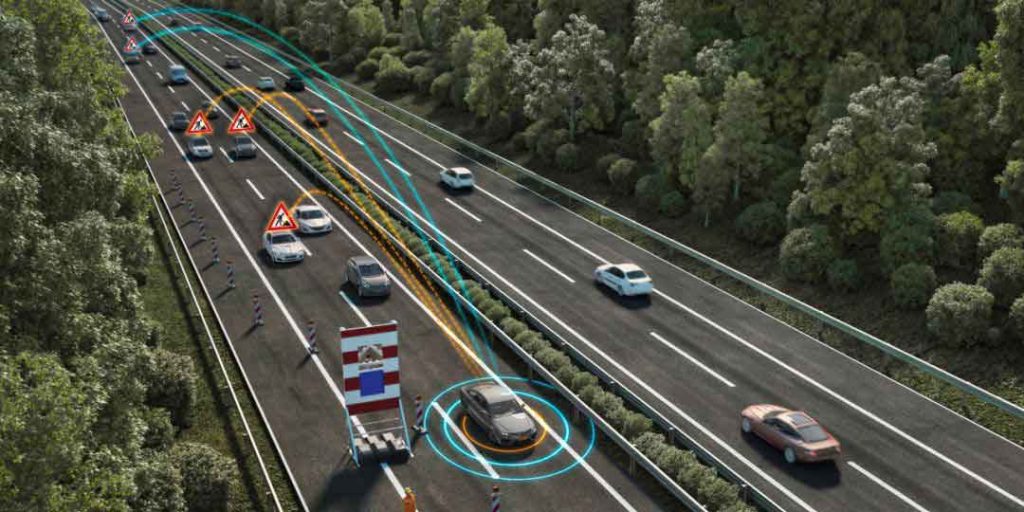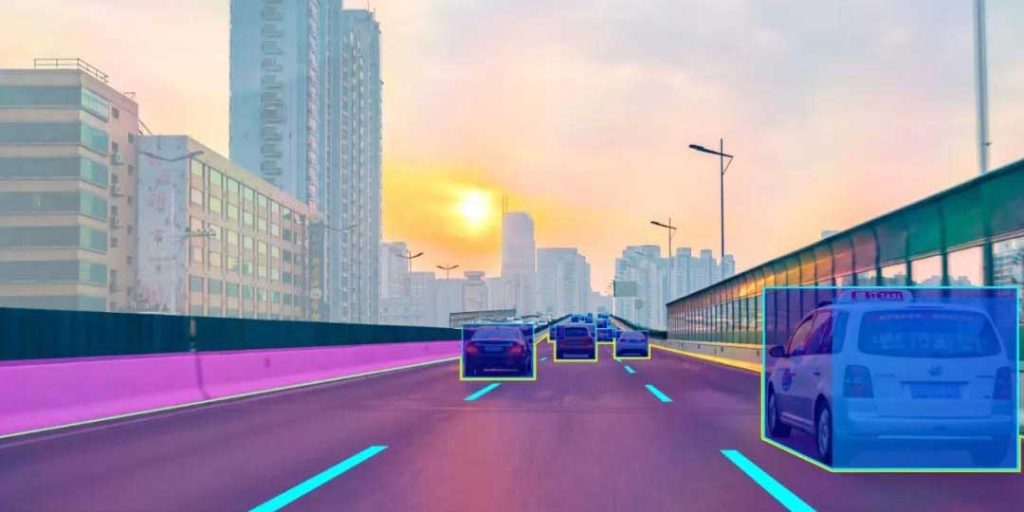What Are Level 1, 2, 3 Autonomous Driving? Detailed Explanation of Autonomous Driving Classification
With the increasing adoption of autonomous driving systems in vehicles, more people are paying attention to the classification of autonomy, as it directly impacts driving safety. What do Level 1, 2, 3, 4, and 5 autonomous driving mean? What are the differences between China’s autonomous driving classification and the SAE standard? These are common concerns. Below is a detailed explanation.
I. What Are Level 1, 2, 3, 4, 5 Autonomous Driving?
The SAE standard divides driving automation into six distinct levels, from no automation to full automation:

- L0 (No Automation): Pure manual driving. Systems only provide transient warnings (e.g., collision alerts) without sustained intervention.
- L1 (Driver Assistance): Systems can continuously control either steering or acceleration/deceleration (e.g., adaptive cruise control or lane keeping). The driver remains fully responsible.
- L2 (Partial Automation): Systems simultaneously control lateral and longitudinal movements (e.g., lane centering + adaptive cruise control). The driver must still monitor the environment and be ready to take over.
- L3 (Conditional Automation): Within a specific Operational Design Domain (ODD), the system performs all driving tasks but requires the driver to take over upon request. SAE defines this as the starting point for liability transfer.
- L4 (High Automation): Full self-driving in limited scenarios (e.g., highways, campuses) without human intervention. Steering wheels may be omitted.
- L5 (Full Automation): Unrestricted, scenario-agnostic autonomous driving, entirely eliminating human involvement (barring regulatory constraints).
II. Key Differences Between China’s Standard and SAE
China’s “Classification of Driving Automation for Vehicles” (GB/T 40429-2021) adopts a similar 6-level framework but introduces localized adjustments:

- Redefinition of L0: From “No Automation” to “Emergency Assistance”
- GB/T requires L0 systems to have active safety capabilities, including target detection and brief intervention (e.g., Automatic Emergency Braking/AEB). Traditional features like cruise control are excluded from “autonomous driving,” raising technical thresholds to prevent misleading marketing.
- Responsibility Allocation: Human-Machine Collaboration
- For L0–L2, GB/T mandates that “Object and Event Detection and Response (OEDR) is collaboratively completed by the driver and system.” Under SAE, OEDR remains solely the driver’s responsibility. This acknowledges the machine’s role in environmental perception.
- Enhanced L3 Safety: Mandatory Takeover Monitoring
- GB/T adds two critical requirements for L3:
- Systems must monitor driver readiness for takeover.
- If a takeover request is ignored, systems automatically execute risk-mitigation strategies (e.g., pulling over).
- This addresses the core controversy of L3: sudden handover safety.
- GB/T adds two critical requirements for L3:
- Refined Legal Role Definitions
- GB/T innovatively categorizes responsible parties:
- Traditional Driver: Operator in the driver’s seat (L0–L3).
- Remote Driver: Personnel controlling the vehicle remotely (e.g., from a back seat).
- Passenger: Occupant in L4/L5 vehicles.
- Dispatcher: Personnel monitoring autonomous fleets externally.
- This provides a legal basis for accident liability attribution.
- GB/T innovatively categorizes responsible parties:
III. Responsibility Attribution Comparison
| Autonomous Driving Level | SAE Responsibility | China GB/T Responsibility |
| L0–L2 | Driver | Driver (Traditional/Remote) |
| L3 | System-led (driver must takeover) | Driver (partial exemption if takeover fails) |
| L4–L5 | System/Manufacturer | System/Manufacturer |
| Note: For L3, liability may shift to manufacturers if the system fails to issue timely takeover requests. | ||
IV. Current Implementation Status and Challenges

Commercialization Progress:
- L2/L2+: Mass-market mainstream (e.g., Tesla FSD, XPeng NGP), requiring continuous driver monitoring.
- L3: Mercedes-Benz Drive Pilot approved on German highways (<60 km/h), allowing hands-off driving.
- L4: Baidu Apollo and Waymo operate robotaxis in geo-fenced areas.
China-Specific Advances:
- Baidu Apollo ranked first in California DMV’s disengagement report (2019), surpassing Waymo.
- Vehicle-Road Collaboration Approach: GB/T does not mandate “single-vehicle intelligence,” leaving room for V2X integration.
- Niche Applications: Unmanned delivery/disinfection vehicles accelerated during the pandemic.
V. Core Value of Evolving Classification Standards

- Unified Terminology: Ends misleading marketing terms like “L2.5” or “L2.99.”
- Clear Development Boundaries: Guides human-machine interaction design for L3+ systems.
- Regulatory Foundation: Supports insurance liability frameworks and road-testing protocols.
Conclusion
As technology evolves, SAE and GB/T standards will continue to adapt. China’s emphasis on human-machine collaboration and safety redundancy reflects a profound understanding of real-world applications. The future of autonomy hinges not only on technological prowess but also on standard-setting authority—where clarity, safety, and human-centric frameworks will ultimately prevail.





